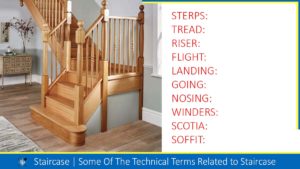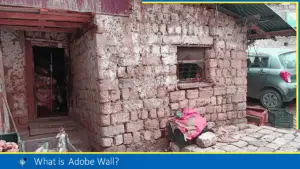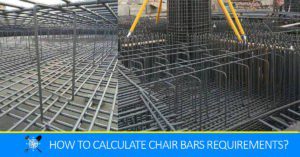Introduction
joints for concrete pipes are essentially important for as laying the pipeline. Care should be taken into account while providing the joints. The pipe joints shall be capable of withstanding the same pressures as the pipe. There are several types of joints provided to the concrete pipes.
Types of Joints for Concrete Pipes
The joints may be mainly of two types:
- Rigid joints, and
- Flexible joints.
1. Rigid Joints
In this, the water seal is affected by cement mortar or similar material which will not allow any movement between the two pipes. The rigid joints are of the following types.
- Socket and Spigot Joint
The spigot of the pipe is slipped inside the socket of the previously laid pipe. The spigot is adjusted properly inside the socket and the annular space between the socket and the spigot is filled with cement mortar (1:2). These joints are used for low-pressure pipelines. The details of the joint are shown in figure 1.
Spigot and Socket ended pipes shall be used for water mains, sewer, irrigation and culverts/cross drains.

- Collar Joint
In this type of joint, the end of the two concrete pipes is jointed adjacent to each other with the help of a collar. Collars of 150 to 200mm wide cover the joint between two pipes. A slightly damp mixture of cement and sand is crammed with a caulking tool. The type of joints for NP2 pipes shall be used for culverts and cross drains only. The details are shown in figure 2.

- Flush Joint
The flush joint is generally used for culvert pipes of 900mm in diameter and above. The ends of the pipes are specially shaped to form a self-centring joint with an internal jointing space 10 to 30mm wide. The finished joint is flush with both the inside and outside of the pipe wall. The jointing space is filled with cement mortar mixed sufficiently dry to remain in position when forced with a trowel or rammer.
Flush joints for NP3 and NP4 pipes shall be used for culverts and cross drains only.
Flush joints are of two types. The flush joint is provided externally and internally as per the convenience of the work.
- External flush joint for Concrete Pipes
This is suitable for pipes which are too small for jointing from the inside. Great care shall be taken in handling to ensure that the projecting ends are not damaged as no repairs can be readily effected from inside the pipe.
External flush joints are recommended for pipes of diameter up to 700 mm and for diameters above 700mm, the internal flush joint is recommended.
2. Flexible Joints for Concrete Pipes
The water seal is affected because of contact pressure between the sealing rubber ring (or similar material) and the pipe surface. There are mainly two types.
- Roll on Joint
A rubber ring in the cross-section is placed at or near the end of the spigot and rolls along it as the spigot enters the socket. The details of the joint are shown in the figure.
- Confined Gasket
A rubber ring of circular cross-section is held in the groove formed on the spigot. Sometimes, the cross-section is in the shape of a lip. The lips are opened due to water pressure which ensures a water seal. For assembly of this, a lubricant has to be applied to the sliding surface. The lubricant washes off when the pipe is in service. The details of the join
FAQs
What are rigid joints in the concrete pipe?
The rigid joint of concrete pipe is a joint provided to restrain the movement of the pipeline.
What are the types of joints provided to the concrete pipe?
The types of joints provided to the concrete pipe are Spigot and Socket Joint, Collor Joint, Semi-Flexible Spigot and Socket Joint, Semi-Flexible Collar Joint, and Internal and External Flush Joint.
Q: What factors should be considered when selecting a joint for concrete pipes?
A: The selection of a joint for concrete pipes depends on various factors, including the intended application, the diameter and length of the pipes, the required level of water tightness, and the type of soil and environmental conditions where the pipes will be installed.
Q: What is the process for installing concrete pipes with a joint?
A. To install concrete pipes with a joint, the usual procedure involves preparing the ends of the pipes, inserting the spigot end into the bell end or tongue and groove, and then securing the joint using an appropriate sealant or gasket. However, the installation process can differ depending on the type of joint utilized and the particular conditions at the construction site.
![]()







